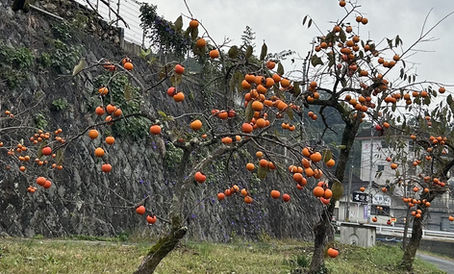"Ninomaru Teien" of Nijo Castle in Kyoto is one of the greatest Japanese gardens.
- Masahisa Takaki

- Mar 12, 2021
- 1 min read
Updated: Mar 25, 2021
This Japanese garden is classified into "shoinzukuri teien", which is designed to appreciate from "shoin", a living room and library of "samurai" house in one. It is supposed to be laid out in 1602-1603, when Nijo Castle was built. The landscape designer was Kobori Enshu, who was an outstanding master at that time. In 1626, thereafter, several buildings were additionally constructed beside this garden to give the then Emperor a warm reception, and this garden was also largely repaired for him. This was redesigned to be able to be appreciated from any of those buildings surrounding this garden. The main purpose of this castle was to look out for the sign of overthrow movement from the Emperor's side, so it became useless when the political and military power of Tokugawa's side got fixed in the middle of the 17th century. Thus the castle and garden were almost abandoned for 200 years after that. Actually, when the last shogun Tokugawa Yoshinobu entered this castle in the middle of the 19th century, the central pond dried up and no garden trees around. After the Tokugawa's rule, however, it was entirely improved to use as a detached palace of the Imperial family. It was reborn as shown in the picture.
Licensed tour guide, travel consultant,
Masahisa Takaki.







Comments